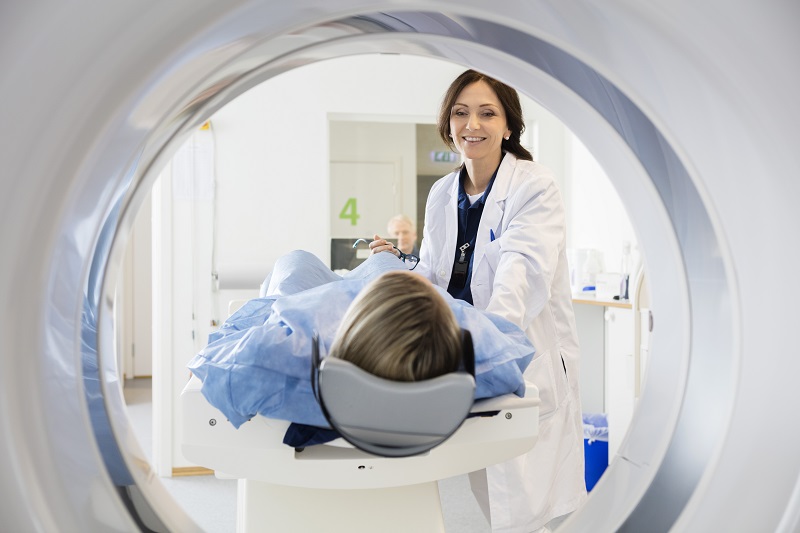Value-based care has shined a spotlight on the quality of medical care, including medical imaging. One area that has not received much attention, however, is the quality of radiotracer injections as part of PET/CT, often used to assess the spread and severity of cancer and the efficacy of treatment. New research changes that. SmartBrief spoke with Dr. David Townsend about the findings, their importance to patient care and how imaging practices can improve their own injection quality and patient care.
Technologists, physicians and patients generally are unaware infiltration has occurred. Why is that?
Radiotracer injections generally require small volumes and are not vesicants, so patients and technologists receive little feedback during injection. Since injection sites can be out of the imaging field of view, physicians can also be unaware. Because infiltrations resolve during uptake, sometimes completely, even if the injection site is in the field of view, the infiltration may be underestimated or not even visible.
What are the implications of radiotracer infiltration for clinicians and patients?
Not every infiltration will matter. However, infiltrations reduce PET/CT sensitivity. Image quality suffers, disease can be masked, treatment plans can be calculated incorrectly, and patient disease can be over- or under-staged. Infiltrations can also lead to ambiguous results that involve additional imaging or invasive procedures. If PET/CT is being used quantitatively, the results will be understated. This can have negative patient implications if the baseline or follow-up scans are infiltrated.
A recent quality improvement project presented at SNMMI 2018 measured rates of infiltration at seven centers. What did you find, and were you surprised?
In 2,209 patients from seven well-regarded centers, the aggregate infiltration rate was 6.2%. Centers’ rates ranged from 2%-16%. Technologists’ rates ranged from 0%-24%. Variation among centers and technologists were statistically significant. This did not surprise us. Previous publications from three centers and six studies found an aggregate rate of 15.2% with a range from 3-23%. Our project was prospective; technologists knew they were being observed for injection quality, so we expected higher quality. More importantly – four centers moved to phase 2 and used data from the Lara® System to design improvement plans. These centers reduced their 8.9% aggregate rate to 4.6% (p<0.0001). Three of the four centers examined sustainability of their results and all centers continued to improve. In all phases of the Lara-QI project we monitored 5,543 injections.
What were some of the factors associated with infiltration, and which can be modified?
Injection site location and patient weight were primarily associated with infiltrations across all centers in phase 1. But, each center had specific associations that could be addressed. Some factors, such as patient weight, cannot be modified, but even in those cases, technologists need to know which patients are at higher risk so extra care can be taken.
This study used the Lara® device created by Lucerno Dynamics to pinpoint infiltration. How does Lara work, and how could imaging practices make use of it?
Lara® is a noninvasive system that adds 30 seconds to the patient experience. Using a scintillating crystal and a silicon photomultiplier, Lara® produces time-activity curves that represent the presence of radiotracer near the injection site and in the same location on the other arm. For quality control, the curves help clinicians assess the quality of a patient’s radiotracer injection. More importantly, Lara® provides quality assurance for the injection process. By using Lara’s analytics, centers can drive their infiltration rates down significantly and drive the quality of their injections up. This is great for patients, clinicians and payers.
David Townsend, PhD, is the co-inventor of the PET/CT scanner and is considered a leading authority on hybrid imaging systems as well as one of the pioneers of three-dimensional PET and its required reconstruction algorithms. An Institute of Electrical and Electronics Engineers Fellow, from 2009 to June 2018, David was the director of the A*STAR-NUS Clinical Imaging Research Centre in Singapore and Professor of Radiology, National University of Singapore. At the 2015 Society of Nuclear Medicine and Molecular Imaging meeting, David received the Paul C. Aebersold Award for Outstanding Achievement in Basic Nuclear Medicine Science. The award recognizes outstanding achievement in basic science applied to nuclear medicine.
